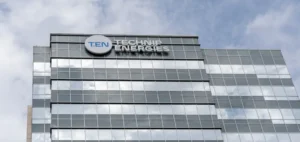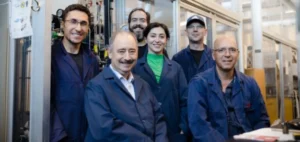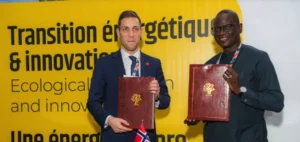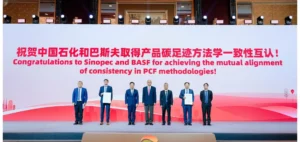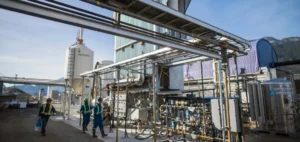Chestnut Carbon, a developer specializing in nature-based carbon removal solutions, has completed a non-recourse financing deal of up to $210mn for an afforestation project in the U.S. voluntary carbon market. This financing, structured around a long-term carbon removal supply agreement with Microsoft Corporation, positions this deal as a first-of-its-kind asset class within the U.S. sector.
Leading financial and contractual partners
The credit is supported by a banking consortium that includes J.P. Morgan, CoBank, Bank of Montreal, and East West Bank. It relies on a long-term carbon credit purchase agreement signed earlier this year between Chestnut Carbon and Microsoft Corporation. This commitment provides stability and visibility for lenders, placing the transaction within a framework akin to the financing of large energy infrastructure projects.
This financing model draws on proven practices from the renewable energy sector, notably long-term power purchase agreements, credit discipline, and thorough risk analysis. Several advisory firms, including ERM, Marsh, McDermott Will & Emery, and Milbank, collaborated in developing the financial structure, highlighting the growing institutional interest in nature-based carbon removal credits.
Towards the institutionalization of the voluntary carbon market
For Chestnut Carbon, this deal provides significant financial resources to accelerate the development of its afforestation portfolio and expand its carbon removal capacity. It offers Microsoft Corporation a reliable source of carbon credits, thus supporting its long-term carbon neutrality goals.
The success of this transaction confirms the feasibility of structuring voluntary carbon removal assets according to banking standards, facilitating market access for new investors. This development could pave the way for more similar financings, promoting sector growth and scaling large-scale afforestation projects.
The introduction of a non-recourse model tailored to nature-based projects is attracting attention from investors and developers, seeing it as an opportunity to secure necessary funding for large-scale projects while meeting the growing demand for high-quality carbon credits from global companies.




